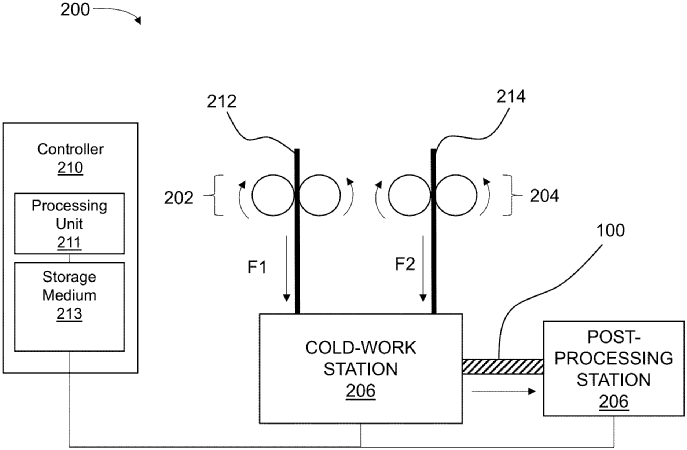A recent patent by LTAG Systems LLC, introduces a composite object designed to produce hydrogen from water-reactive aluminum.
This innovation stands out due to its unique material composition and method of interaction that promises to enhance hydrogen production efficiency.
Unique Features and Improvements
The composite object comprises two main segments: a first portion made of an aluminum alloy with a non-recrystallized grain structure, and a second portion incorporating an activation metal that is corrodible to the aluminum alloy. These portions are coupled such that the activation metal contacts the aluminum alloy at multiple stress points. Heat facilitates the penetration of the activation metal into the non-recrystallized grain structure of the aluminum alloy, optimizing the reactivity and efficiency in hydrogen production.
This arrangement presents several improvements over existing technologies. Traditional methods of hydrogen production from aluminum often suffer from inefficiency and high energy costs. The new composite design ensures more effective and consistent contact between the aluminum alloy and the activation metal, enhancing the reaction rate and reducing the energy required for the process.
Potential Applications
This patented technology has wide-ranging applications primarily in the field of hydrogen generation, vital for various industries including automotive, energy storage, and fuel cells. The improved efficiency could make hydrogen production more cost-effective, supporting broader adoption and development of hydrogen-based solutions.
